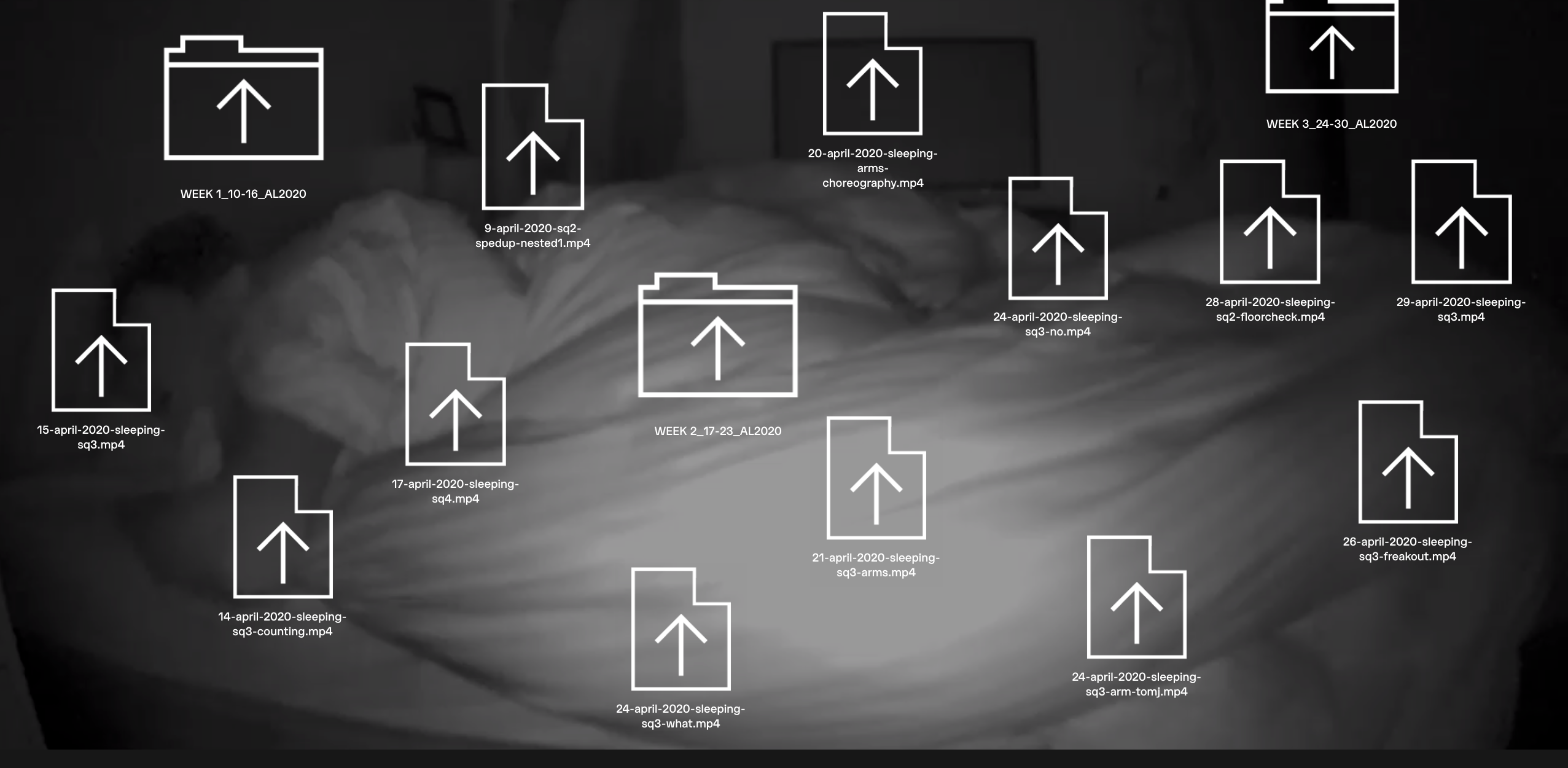How two Concordia alumni are expanding their practice virtually
In March, museums and galleries across the world closed their doors indefinitely. Instead, many have opted to display their collections online and offer free accessibility. The PHI centre, situated in Old Montreal, generally serves as a venue for interdisciplinarity in the arts, and aims to create a connection between art and the viewer.
Their newest exhibition, Parallel Lines, is a virtual artist residency aimed towards investigating the notion of what it means to be alone. Through the residency, 10 artists of various disciplines will produce a project as a means of expression and inquiry, employing their agency to expand both their practice and the PHI’s mandate of fostering connections through the process of making and experiencing art.
“What is interesting about the PHI’s mandate through this residency is [that it offers] a portal into the mental and creative process of artists from various media,” says Naghmeh Sharifi, an MFA graduate from Concordia’s Painting and Drawing program, and one of the 10 artists-in-residence. Through a multidisciplinary approach, her practice investigates the psychology of the body through the way it interacts with, and contextualizes itself within, the spaces it inhabits.
Sharifi’s project, which has yet to be named, expands on a project she had been working on prior to the residency, titled Là où tu ne pourras jamais aller (A place where you can never go). Consisting of a series of monochromatic paintings, the works focus on distortions of memory. Sharifi uses solely the color blue as a measure of distance; her point of departure includes found imagery, the artist’s own archives which explore notions of nostalgia, and the idea of remembering and reconfiguring memories.
“In the early days of the shutdown, I started experiencing a different form of nostalgia for a very immediate past, and I was not alone,” says Sharifi. “There were thousands of images surfacing on social media platforms taking on hashtags such as #pre-confinement and doing what nostalgia does best: idealizing that past.” She adds that she was initially intrigued by how these definitions of nostalgia were changing, but as time went on, she started identifying more and more with the spaces she had been confined to and the everyday objects she interacted with.
Dayna McLeod, a professor and PhD graduate from Concordia’s Centre for Interdisciplinary Studies in Society and Culture, uses humour in her work by exploiting the body’s social and material conditions via performance-based practices.
Similarly to Sharifi’s project, McLeod’s residency piece builds on an earlier project. Covid Sleep is a digital video installation composed of night-vision surveillance footage of the artist and her girlfriend sleeping. The footage will be taken over the course of the 60-day residency.
“I’ve always had sleep disturbances like nightmares, sleepwalking, and night terrors, but [I] didn’t realize their extent and frequency until I started these recordings,” said McLeod. “I anticipate the final version of this work will be a 30 to 60 minute digital video installation sound, as sometimes, I gasp, yell, talk, scream, and otherwise ask questions while asleep.”
Through Parallel Lines, the PHI continues to offer a glimpse into the artist’s creative process across a variety of media, and enables people to experience art in a new way. Viewers are invited to observe each artist’s process by entering their virtual studio and following along as artists upload new additions to their work every day.
“In the series I am working on, the process is as important as the finished result, so in that sense there is an overlapping of interests with what this virtual residency is offering to the general public. I think it is a very unique and privileged opportunity,” says Sharifi. “As an artist, I feel that seeing the finished piece in a gallery space can sometimes offer a partial experience of the work. [Sometimes] people go through an entire exhibition in less than a few minutes, hardly connecting with any work.”
As the current situation unfolds, and as institutions begin to assume responsibility for their lack of accessibility, the art world must continue to adjust to changing times.
“There are virtual exhibitions and even virtual gallery spaces being created. The art world is adapting to new ways of existing. It also means more agency and autonomy for artists [and] becoming less dependent upon physical spaces,” says Sharifi. “Connectivity means everything these days.”
To visit the artists’ virtual studios and for more information about Parallel Lines, visit empreintesvivantes.phi.ca/Parallel-Lines.
